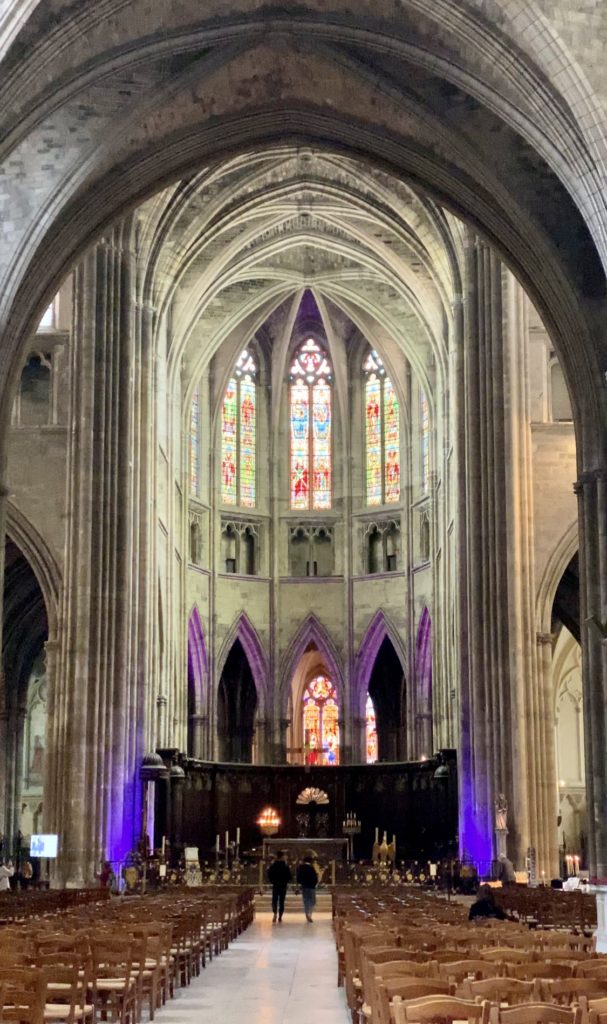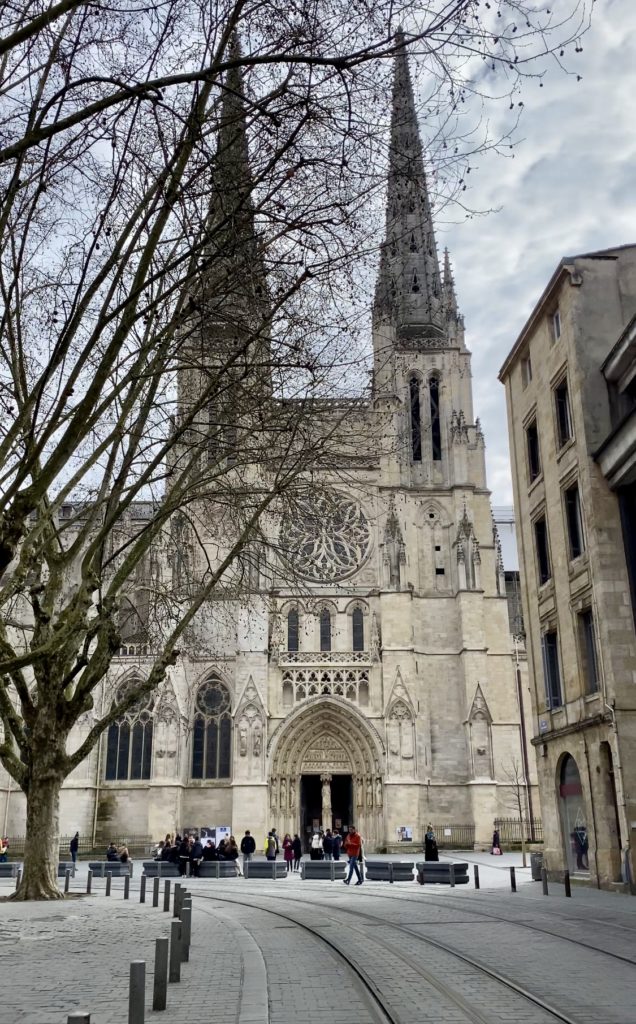Saint-André Cathedral is one of the most impressive landmarks in Bordeaux, France. Located in the historic center of the city, the cathedral is renowned for its rich history, magnificent architecture, and cultural significance. In this guide, we will take a closer look at the history, architecture, and practical information for visiting Saint-André Cathedral.
History of Saint-André Cathedral
Saint-André Cathedral has a long and storied history that dates back to the 11th century. The cathedral was built on the site of an earlier church that had been destroyed during the Viking invasions of the 9th century. The cathedral’s construction began in 1096 and was completed in the early 13th century.
Over the centuries, Saint-André Cathedral underwent several modifications and additions. In the 14th and 15th centuries, the cathedral was expanded with Gothic elements, such as the stunning stained glass windows that are still intact today. During the Hundred Years’ War, the cathedral was damaged by English troops, and it underwent further repairs and modifications during the 17th and 18th centuries.
Saint-André Cathedral played an important role in the religious and political history of Bordeaux. The cathedral was the site of numerous royal and religious ceremonies, including the coronation of King Louis VII of France in 1137. During the French Revolution, the cathedral was used as a military barracks and later as a food warehouse.
In the 19th century, Saint-André Cathedral underwent a major restoration led by the architect Paul Abadie, who was also responsible for the restoration of Notre-Dame Cathedral in Paris. The restoration aimed to bring the cathedral back to its former glory and to preserve its unique architectural features.
Today, Saint-André Cathedral stands as a testament to the rich history and culture of Bordeaux. Its stunning architecture, unique design, and cultural significance make it a must-visit destination for anyone traveling to the city.
Architecture and Design of Saint-André Cathedral
The architecture and design of Saint-André Cathedral are truly impressive. The cathedral is a perfect example of the blend between the Romanesque and Gothic styles. One of the most striking features of the cathedral is its bell tower, which stands at 236 feet tall and dominates the city’s skyline.
Inside, visitors can marvel at the stunning stained glass windows that depict biblical scenes and saints. The cathedral also boasts several ornate chapels, including the Chapel of Saint Ferdinand and the Chapel of the Virgin Mary. The grand organ, which dates back to the 18th century, is another highlight of the cathedral.

Visiting Saint-André Cathedral
If you’re planning to visit Saint-André Cathedral, there are a few practical things to keep in mind. The cathedral is open to visitors every day from 9 am to 7 pm. Admission is free, but donations are appreciated. Guided tours are available in several languages, including English, French, and Spanish.
During your visit, take the time to explore the cathedral’s many features. Admire the impressive architecture, marvel at the stained glass windows, and soak up the peaceful atmosphere. If you’re lucky, you may even catch a concert or a religious service taking place inside the cathedral.
Saint-André Cathedral is also the site of several cultural events and festivals throughout the year. One of the most popular events is the International Organ Festival, which takes place every summer and showcases the talents of organists from around the world.
Book a walking tour in Bordeaux
Saint-André Cathedral is a must-visit destination for anyone traveling to Bordeaux. Its rich history, stunning architecture, and cultural significance make it a true treasure of the city. Whether you’re a history buff, an architecture enthusiast, or simply looking for a peaceful place to reflect, Saint-André Cathedral is sure to impress. You can view it and learn more on our walking tours in Bordeaux.
We hope this guide has provided you with a better understanding of the beauty and history of Saint-André Cathedral. Whether you’re planning a visit or simply interested in learning more, we encourage you to explore this magnificent landmark and discover its many wonders for yourself.
